Turtuk is a small yet charmingly beautiful village located in the Nubra Valley of Ladakh. The first set of tourists arrived here in the year 2010 and since then, it has been a favorite destination among other curious travelers. In a lush green setting and surrounded by Apricot farms, it is also the greenest area of Ladakh and a must-visit place for everyone traveling to Ladakh.
In Balti Language, the name Turtuk means “desire to stay” and it describes the village perfectly. It is a charming little hamlet that is bound to leave an effect on you.
In the travel guide below, I will provide complete details on how you can plan a trip to Turtuk, where to say, what to see, and the best way to fit it into your overall Leh Ladakh itinerary.
To organize your trip to Ladakh, book a taxi, rent a bike, or get the best hotel rates, you can contact Kunal @ 9910402252. From luxurious hotels to budget stays, he can help get you the best rates possible.
If you have any other questions, you can contact me on Instagram and I will be happy to answer. Below is my video on Turtuk Village that you also take a look at.
Quick Navigation
About Turtuk
Turtuk is basically divided into three different parts – Chutang, Farol, and Yul. Of these three, Farol and Yul are known as the upper village whereas Chutang is called the lower village area.
The upper village is where the actual Turtuk was decades ago. Later, it expanded to the lower in the valley and that part was called Chutang.
Chutang roughly translates to “river plain” and that is where it is located, right next to Shyok River, on both sides of the main road that you will take to reach here.
This is where the local school, shops, restaurants, mosque, new polo ground, and health center are located. During peak winter months, a lot of people move down here from the mountains to survive the cold weather.
The other two parts, Farol and Yul are located slightly higher than Chutang and you will need to walk to get there. Yul is the area where most of the farming happens. It is lush green all around and is the oldest part of the village. The literal translation of the name is “Village”.
Farol is where most of the guest houses in Turtuk are located. There are a lot of buckwheat fields here and you can also view the K2 peak on a clear day. The name literally means “the other side (of the river)”.
Permits for Turtuk
There is no special permit required for Turtuk. The regular Inner Line Permit that you would have procured for Nubra Valley will work for Turtuk Village as well.
You can get the permit either personally from the SDM office in Leh or apply for it online. For more details on how to get the permit, please read How to Obtain Inner Line Permit for Ladakh.
How to reach Turtuk Village
Turtuk is located in Ladakh so in order to get there, you will first have to reach Leh City. Once you reach Leh you can travel to Turtuk by either your own vehicle or public transport. I will explain both of these options.
How to Reach Turtuk from Leh
Below is the route you will take from Leh City to arrive at the village of Turtuk if you were traveling by your own car or motorcycle, or a rented one from Leh City. The total journey will approximately be 205 kilometers and a travel time of 10-12 hours.
- Leh – Khardung La – Khalsar – Diskit – Hunder – Thoise – Skuru – Bogdang – Turtuk
Take an early start from Leh, possibly by 6 AM, and you will also be able to avoid the traffic at Khardung La top. Leh to Khardung La is about 35 kilometers and you should reach the top in about 90 minutes at most.
After crossing the pass, you will then descend into the valley of Nubra and reach Khalsar. After Khalsar, you will finally arrive at a junction where the road will bifurcate into two. There is also a petrol pump at this junction which will help you identify the spot.
Here, the road going straight will take you to Sumur, Panamik, and Warshi. The one on your left will go towards Diskit, Hunder, and Turtuk. This is the one you need to turn on.
Diskit / Hunder to Turtuk
Drive for another 22 kilometers and you will first reach Diskit, the headquarter of Nubra Valley and the largest town here. Next in line will be Hunder, famous for its dunes and double humpback camels.
All this time, Shyok River will be on your right as you continue straight from Hunder for 35 kilometers to reach Thoise. It is a military base and the name stands for Transit Halt of Indian Soldiers Enroute. Next, you will arrive at Bogdang, another village between Hunder and Turtuk.
You will cross the Shyok River a few times, come across a handful of houses on the way, see some tiny settlements, and reach Chalunka. Until 1971, this village was the last village on the Indian side of the border.
After Chalunka, there is a large suspension bridge that will bring you down to the river bed of the Shyok River. You will continue driving right next to the river and finally arrive in the Turtuk Village.
Leh to Turtuk Bus
A Bus for Turtuk leaves Leh every Saturday at 6 AM. Fare per person is Rs. 316. This bus will pass through Khardung La, Khardung, Khalsar, Diskit, Hunder, and Thoise.
The problem, however, is that this Bus is only once a week, on Saturdays. So if you cannot plan your itinerary in a similar manner, you cannot travel by this bus.
There is however another way that you can travel to Turtuk by Bus on any day of the week. The first thing that you will need to do is to get to Diskit from Leh by either Bus or a shared taxi.
From Diskit, there is a daily bus to Turtuk that you can board for the remaining journey. it starts at around 2 pm and reaches Turtuk by 6 – 6.30 PM.
Also Read: Leh to Nubra Valley Bus service – Fare, Schedule & Timings
By Taxi
A private taxi will be the most convenient, time-saving, and comfortable way to travel but it can cost you a lot of money. If you were on a budget, then another way to travel will be by shared taxis. Let me explain both.
If you rent a cab for Turtuk, it would have to be a return journey for 2 days. You cannot rent a taxi for just a drop to Turtuk. Depending on the type of cab you chose, the fare would be between Rs. 12,000 to Rs. 15,000.
If you did not want to spend all that money on private cabs, you can opt for shared taxis. Just walk up to the shared taxi stand near Polo Ground in Leh early in the morning and look for a cab that can take you all the way to Turtuk.
If you could not find a shared cab for Turtuk, board one going to Diskit. From Diskit, either board the noon bus to Turtuk or look for a shared cab there. A shared cab to Turtuk will cost you about Rs. 700 – 1000 per person.
Also Read: How I Traveled to Leh Ladakh by Public Transport
Where to Stay in Turtuk
There are no hotels in Turtuk. You will either have to opt for guesthouses, homestays, or a campsite and there are a few of them to choose from.
Homestays are possibly the best form of accommodation here and they are available in plenty. In fact, the difference between a guesthouse and a homestay here is almost negligible.
The majority of the people here have extended their homes by a couple of rooms converting them into Homestays. Some have named them as a guesthouse and some call it a homestay.
There are a couple of campsites available as well but they are definitely not suitable for budget travelers. Self-camping is also an option but finding a suitable spot can be a little tricky. You will most probably have to pay a villager to give you a spot to self-camp.
What to see in Turtuk
The natural beauty of the place is what you come to Turtuk for. But with that being said, there are a few places to visit in Turtuk that are worthy of note. I will list these spots and provide a brief description.
Thang
Thang is the farthest point of the Turtuk sector towards the LOC, after which it was all Pakistan. It is located at a distance of about 10 kilometers from Turtuk. The border from here is only about 2 kilometers. The ride from Turtuk to Thang too is quite pleasant.
Turtuk Waterfall
There is a waterfall in Turtuk that I must recommend for everyone to hike up to. You will have to walk and climb a little bit but you will get a totally amazing view of the village from the top.
I went there early in the morning at 5:15 am and returned back to the homestay by about 8.45 am. Please note that you will have to be very careful as the trail is steep and gets a bit narrow in some places.
If possible, take a local from the village to accompany you. Once you reach the top, the view you will get is truly awe-inspiring. If the weather was clear, you may even catch a glimpse of K2 Peak, the second-highest mountain in the world.
Polo Ground
There was a Polo Ground in Turtuk from the 16th Century but it no longer exists. The old Polo Ground was in Farol but now mostly acts as a dumping ground for construction materials. The new Polo Ground is being built in the lower part of the village, Chutang.
Brokpa Fort
These are ruins of an ancient fort in Turtuk. Brokpas are known to be a 5000-year-old tribe of Ladakh.
Also Read: Tso Moriri to Pang – via Tso Kar and More Plains
Water Mill
There is a simple Greek-style watermill in the village that you can visit.
Natural Cold Storage
In Turtuk, perishables are kept inside little hollows. These are known to be naturally cold because of an underground glacial water stream. It is not really something that you would see on a daily basis.
Turtuk Gompa
Though the majority of the population here is Muslim, there is a small Buddhist Gompa perched on a hillock above the village. If you had time, walk up to the Gompa. It is a pleasant hike and not too difficult.
From the top, you will get some amazing views including the snow-clad K2 peak. It will take you about half an hour to reach the Gompa. The waterfall is located close to the Gompa so you can actually cover both places at the same time.
Balti Heritage Home & Museum
It is a heritage house converted into a museum. There are 4 small rooms built in the old style with low roofs and small windows.
Inside the house, you will find on display a mix of centuries-old royal gifts, dresses, dishes, and furs. It is located in the upper part of the village and any of the locals can point you in the right direction. There is an entry fee of Rs. 50 to enter the house.
What to do in Turtuk Village
Apart from visiting all the above-mentioned places, there is little else to do in Turtuk. But to be honest, you do not come to a place like this to do something. Rather, in my opinion, it is the exact opposite.
When I am in a tiny village like Turtuk, in the middle of nowhere, I would like to spend my time sitting ideally and doing nothing. But if you do want to be a part of something different, listed below are some experiences that you can have in Turtuk.
Things to do in Turtuk
- Learn about an entirely different culture
- Stay with a villager in their home and listen to their stories; observe their simple lifestyle.
- Enjoy the beautiful Apricot and Walnut farms all around
- Take a walk through the village and enjoy the beauty and silence of the place.
- Stay at a campsite
- Trek to the waterfall I spoke about above
- Trek to the Gompa
- Take a walk along the river
Turtuk Weather
Being a cold desert, the weather of Turtuk remains cold throughout the year. Even during the months of May, June, and July, the maximum temperature experienced will not be more than 20 Degrees Celsius.
This entire region is in a rain shadow area which means that it should not receive any rain at all. But thanks to global warming, it rains here now in the month of July and sometimes a lot.
Winters here are however very harsh. During the months of January and February, the temperature can go as far as -10 to -15 Degrees Celsius. It snows quite a bit in Turtuk during winter and sometimes the road across Khardung La can get blocked as well.
Also Read: How to Travel from Pangong Lake to Tso Moriri Lake
Best Time to Visit Turtuk
Now considering the weather conditions above, the best time to visit Turtuk is anytime between May to October which also is the best time to visit Ladakh. For a more detailed version of this information, please read When is the Best time to visit Ladakh.
By the end of May, the entire valley blossoms and turns lush green. The Apricot season is in the month of July. Autumn arrives in October and all that was green in September now turns golden orange, giving a magical touch to the entire village.
Mobile Network and Data Connectivity
There is no mobile network available in Turtuk. No matter which service provider you are with, your phone will be as good as a paperweight here.
Your only chance is an intermittent BSNL / MTNL network that will keep coming and going. Even if you have the network though, it will be nearly impossible to hold it long enough to make a phone call.
You may however be able to send text messages out though. BSNL and Airtel users, however, will get good connectivity in Diskit. For more details on this topic, please take a look at the Mobile network and Data Connectivity in Ladakh.
Electricity and Other Facilities
Electricity is available in Turtuk but only for a few hours a day. So please don’t forget to keep your phone and other batteries charged. The timings when there is power available are from 7 PM to 11 PM daily.
No matter what kind of accommodation you chose or where you eat, please note that Turtuk is a very basic and simple village. Do not expect anything too luxurious or fancy out here. If you did, then you will be highly disappointed.
There are no banks, ATMs, or petrol pumps in Turtuk. The nearest where you will find either of these amenities is Diskit, about 90 kilometers away.
There is however a health center in Chutang and a small hospital in Bogdang where you can seek medical help. But it would be better to bring some basic medicines along like for fever, upset stomach, pain killers, etc. There is a lot of Army presence in the area so in case of an emergency, you can also approach them for help.
Leh to Turtuk Itinerary
After all the necessary information, let me explain how you can plan to include Turtuk Village in your existing Ladakh itinerary. I am not only talking about visiting Turtuk but rather, how you can travel from Leh to Nubra and other places in Ladakh while covering Turtuk on the way.
How much time you can give entirely depends on how much time you have in hand. But for adding Turtuk to your Ladakh itinerary, at least one day will have to be dedicated. If you are able to, I would highly recommend adding another day of stay in the village itself.
Day 1: Leh to Diskit
- Take an early start from Leh so that you have enough time for sightseeing en route.
- After an uphill drive of 35 kilometers, you will reach the Khardung Pass top. Stop for a while, and enjoy the vistas from one of the highest motorable passes in the world. Have a cup of tea in the Army-run canteen.
- After a break, drive downhill into Nubra Valley and cross the village of Khardung on the way.
- After 55 kilometers, you will reach the village of Khalsar. Take a break and grab something to eat at any of the Dhabas here.
- Drive another 23 kilometers to arrive at Diskit village.
- See the Diskit Monastery and Maitreya Buddha, an impressive 32-meter statue of Buddha that was built in 1996 and sits facing Pakistan. It is located close to Diskit Monastery.
- See Lachung Temple, a beautiful temple located near Diskit Monastery.
- Overnight at Diskit
Day 2: Diskit to Turtuk
- Start traveling towards Hunder, about another 10 kilometers from Diskit.
- See Hunder Sand Dunes located between Hunder and Diskit villages. Presenting an amazing site of white sands, it is also among the top camping sites in Ladakh.
- See Bactrian Camels and enjoy a Camel Safari. Also known as the two-humped camel, it is a very rare animal with a population estimate of only two million all over the world. These are found in Hunder and a camel safari in the dunes is one of the most popular tourist activities in Ladakh.
- Visit Hunder Gompa
- After sightseeing in Hunder Gompa, arrive at Turtuk Village and stay overnight.
- If you were short on time, you can return to your hotel in Diskit on this day itself.
Day 3: Turtuk
If you have some time in hand, spend this entire day relaxing in Turtuk. You can also trek to the waterfall. If you did not have a day to spare, trek to the waterfall in the morning and be on your way back to Diskit by noon.
Day 4: Turtuk to Panamik or Pangong Tso
After spending a day in Turtuk, drive all the way back to Khalsar via Hunder and Diskit. You can either travel to Panamik on this day and spend more time in Nubra Valley, or you can go straight to Pangong Tso via Shyok Road.
Temperature in Turtuk
Below is a breakdown of Turtuk throughout the year
Turtuk in January
- Min. Temperature: -13 °C. Max.
- Temperature: -2 °C.
- Covered in the snow with chances of a snowstorm but a trip is possible. Can only be visited by a private taxi from Leh. Very little chance of finding public transport.
Turtuk in February
- Min. Temperature: -4 °C
- Max. Temperature: 1 °C.
- Very cold weather and the region continues to receive snowfall.
Turtuk in March
- Min. Temperature: -3 °C
- Max. Temperature : 0 °C.
- The weather continues to remain cold but the sky is clear during the day and the sun starts to shine bright.
Turtuk in April
- Min. Temperature: -3 °C
- Max. Temperature: 7 °C.
- Turtuk remains covered in snow even in April. The temperature starts to rise but the chilly winds keep the days of the Turtuk region very cold, and the nights are even very colder.
Turtuk in May
- Min. Temperature: 4 °C
- Max. Temperature: 15 °C.
- There won’t be any snowfall in May but you may find a little snow on the ground. Summer arrives towards the end of May but even then, the weather continues to remain very cold and freezing cold at night.
Also Read: How to Calculate Minimum Budget for Ladakh Trip?
Turtuk in June
- Min. Temperature: 8 °C
- Max. Temperature: 18 °C.
- The climate gets a bit humid in June and there could be some light rainfall as well. This is one of the best times to visit Turtuk.
Turtuk in July
- Min. Temperature: 7 °C
- Max. Temperature: 17 °C.
- There could be some heavy rainfall in the month of July. The month of July is the warmest month of the year in Turtuk and one of the best months to visit.
Turtuk in August
- Min. Temperature: 8 °C
- Max. Temperature: 18 °C.
- Though days and nights in August are still cold, the overall weather is very pleasant and enjoyable.
Turtuk in September
- Min. Temperature: 9 °C
- Max. Temperature: 19 °C
- September is considered to be the last month of the tourist season in Turtuk because, after this, it is the time of the winter season and snowfall.
Turtuk in October
- Min. Temperature: 0 °C
- Max. Temperature: 13 °C.
- October marks the beginning of the winter season and by mid of the month, it can snow here anytime.
Turtuk in November
- Min. Temperature: -2 °C
- Max. Temperature: 10 °C.
- The weather continues to get colder. Both the intensity and frequency of snowfall increase.
Turtuk in December
- Min. Temperature: -4 °C
- Max. Temperature: 8 °C.
- It is not a good time to be in this region unless you were chasing snow and cold weather. Because of snow, Turtuk Village may even get isolated from the rest of Ladakh.
Also Read: Tourist Attractions in Ladakh: A Comprehensive List
FAQs
Listed below are some of the most commonly asked questions about Turtuk.
1. Is Turtuk worth visiting?
Yes, Turtuk is definitely worth visiting and spending some time in. It is one of the best places to see in Ladakh.
2. Where is Turtuk located?
Turtuk is located in Nubra Valley at a distance of 205 kilometers from Leh City.
3. Is Turtuk safe to visit?
Yes, Turtuk is a very safe place to visit provided that you do not take any unnecessary risks, abide by the rules, act as a sensible tourist, and do not put yourself in harm’s way.
4. Why should you visit Turtuk?
You should visit Turtuk to experience an entirely different culture of Balti people, enjoy the serenity of the region, and spend some time in a place standing still in time.
Also Read: An Ideal Itinerary to Visit Ladakh in 7 Days
5. Does it snow in Turtuk?
Yes, it snows in Turtuk in the months of late December, January, February, and March.
6. When is Turtuk open for tourism?
Turtuk remains open for tourists throughout the year. You may not, however, be able to reach here during peak winters if too much snow blocked the route.
7. What is the altitude of Turtuk Village?
The village of Turtuk is located at an altitude of around 9,846 feet (3001 meters). It is the lowest altitude village in Nubra, due to which you will find a lot of greenery and plants there!
Conclusion
I hope the information above on visiting Turtuk was of help. If you have any questions, you can contact me on Instagram and I will happily answer. You can also consider subscribing to my YouTube channel and asking a question there.
Error: No feed found.
Please go to the Instagram Feed settings page to create a feed.

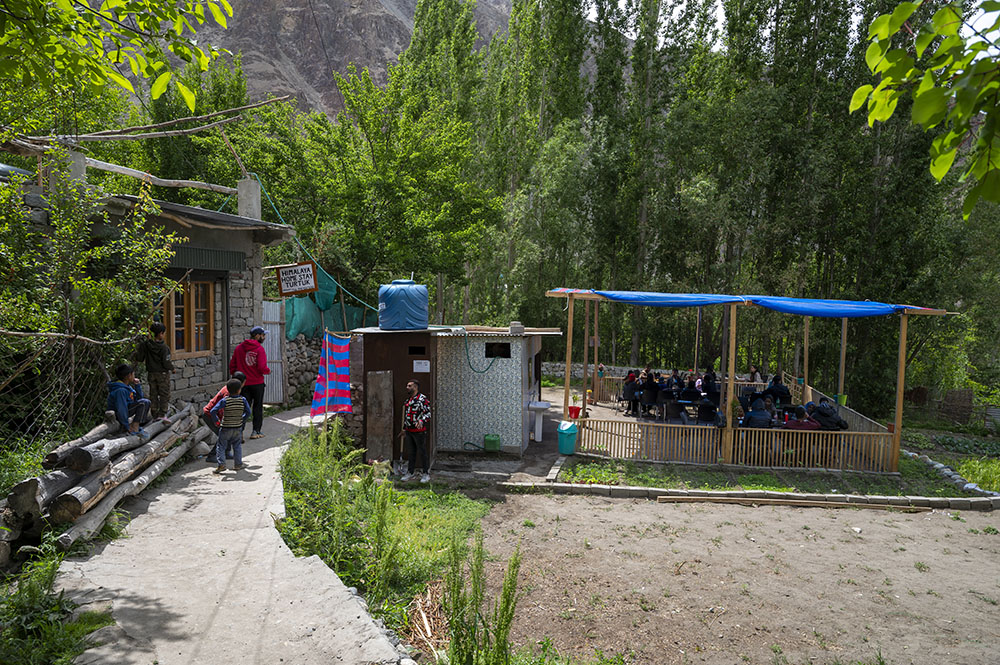


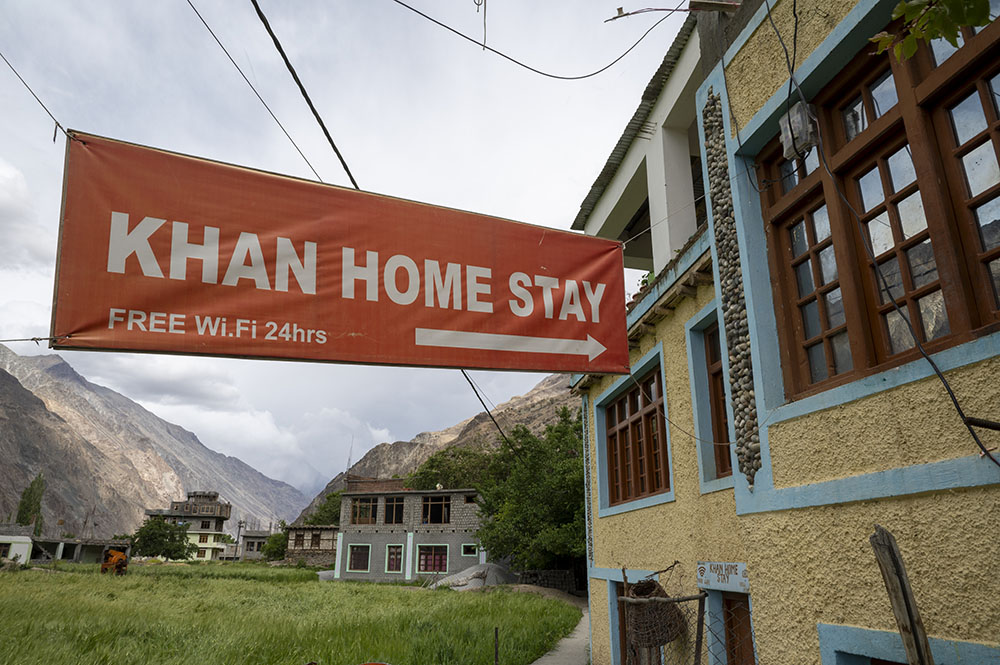
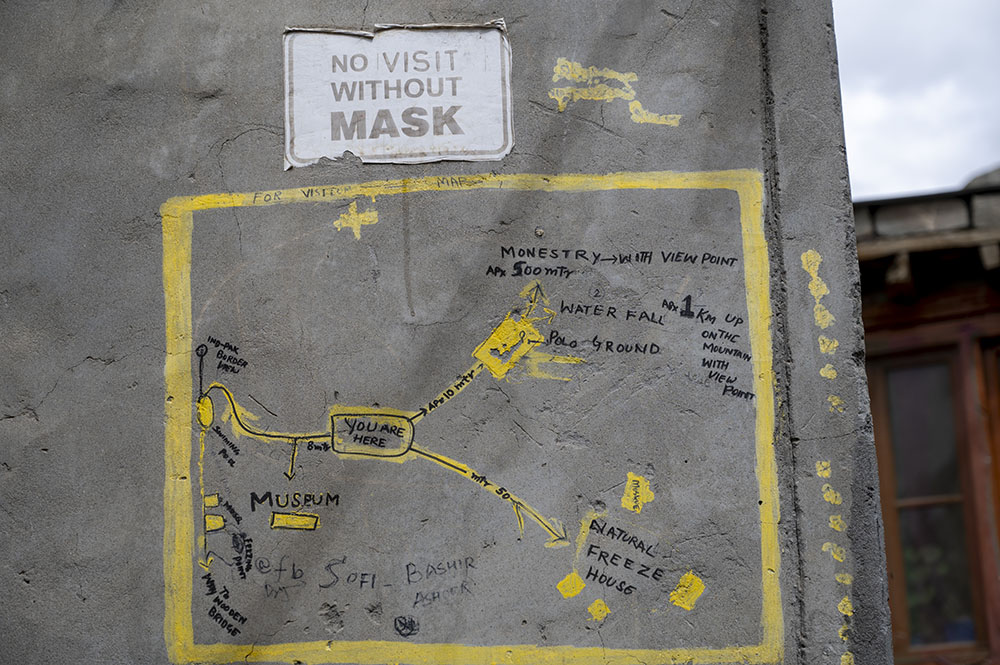
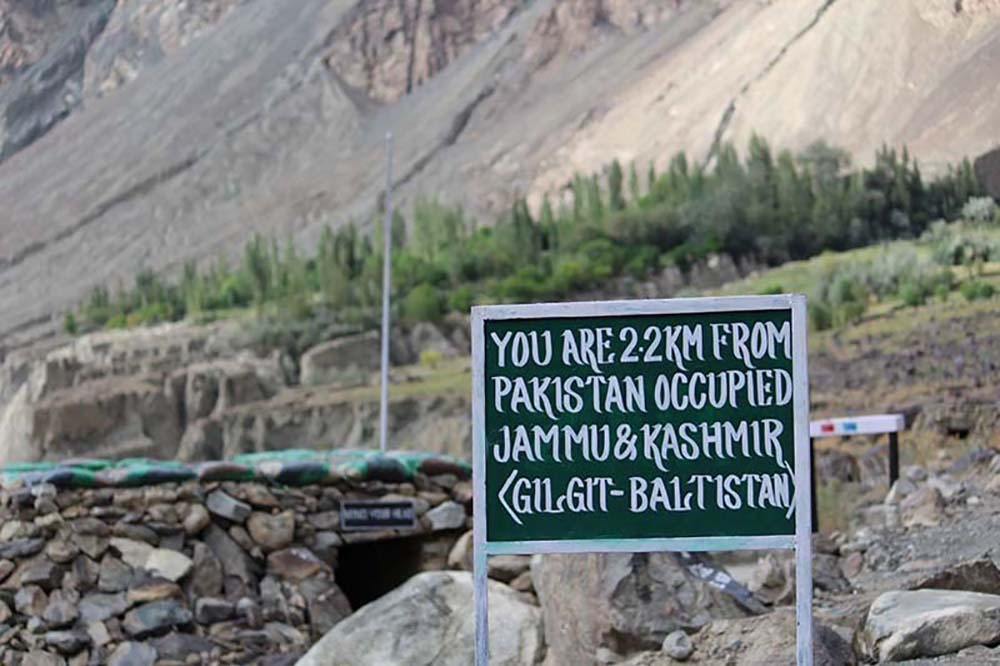
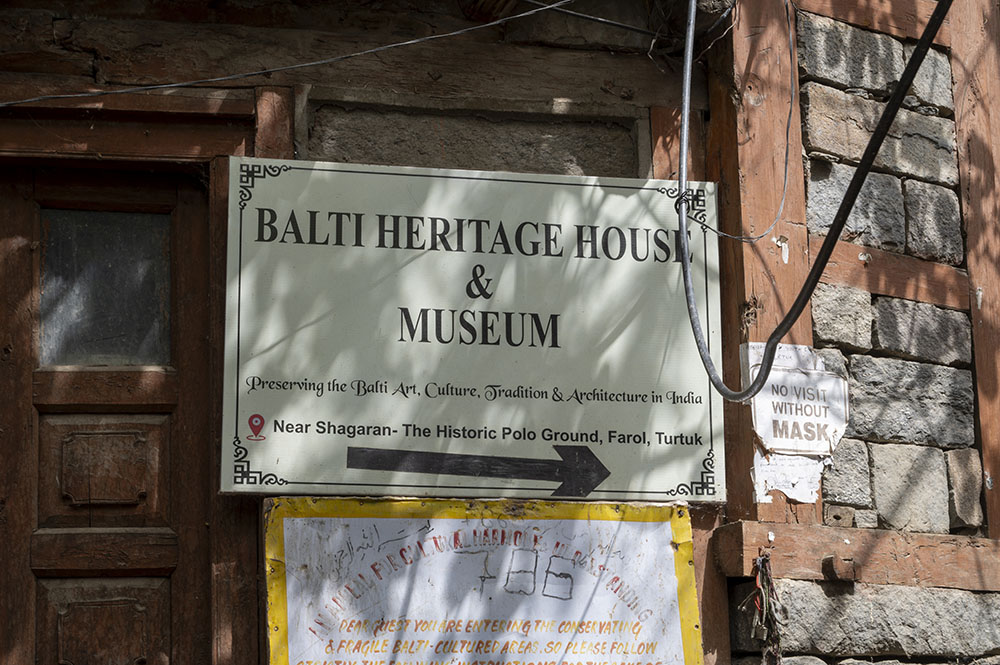
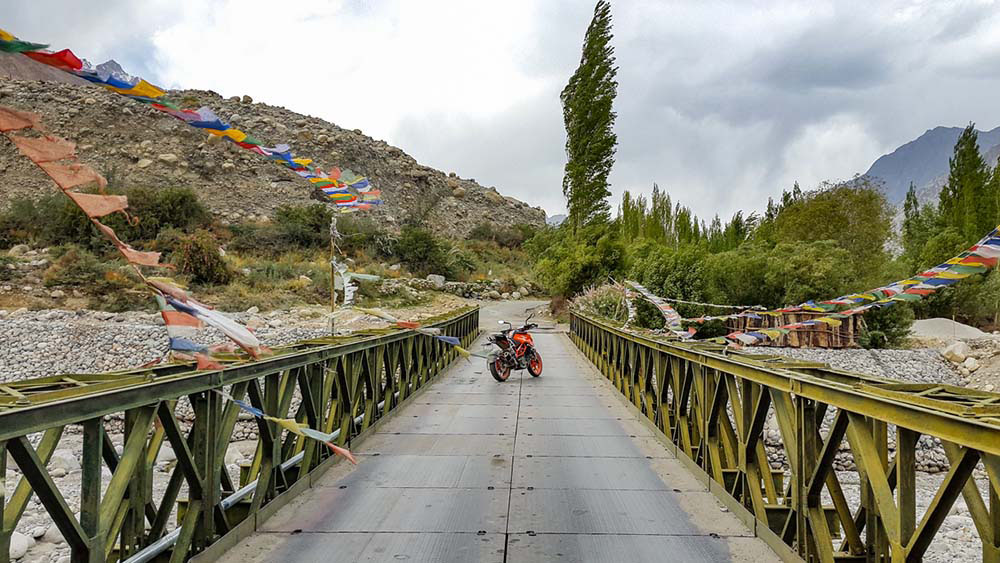
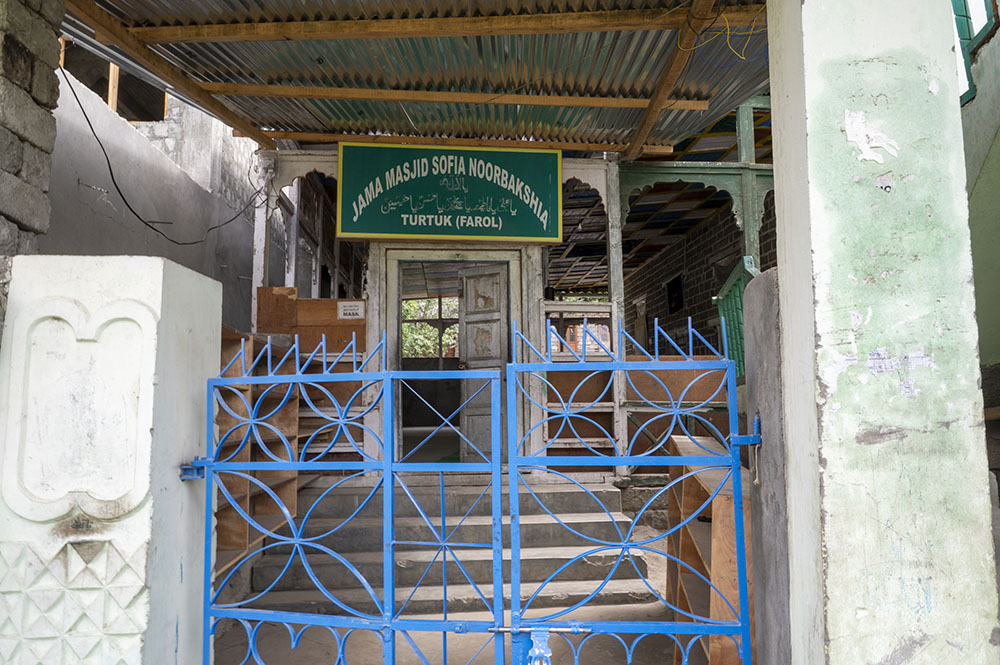
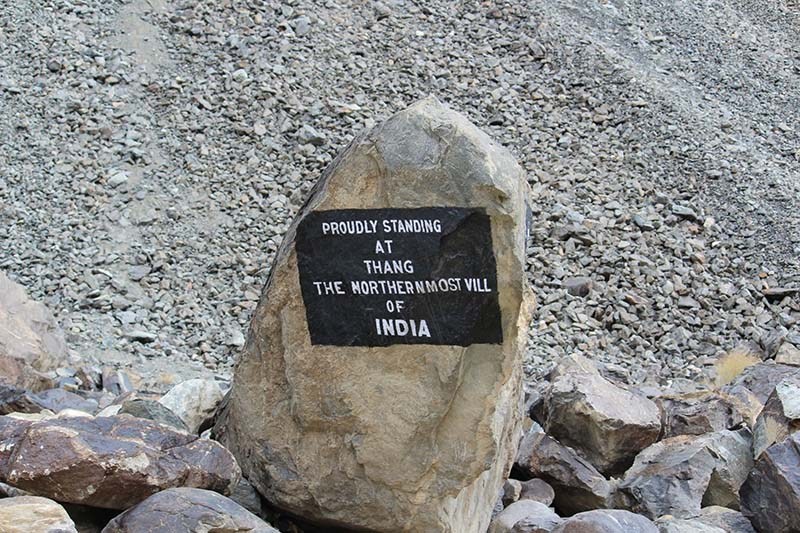
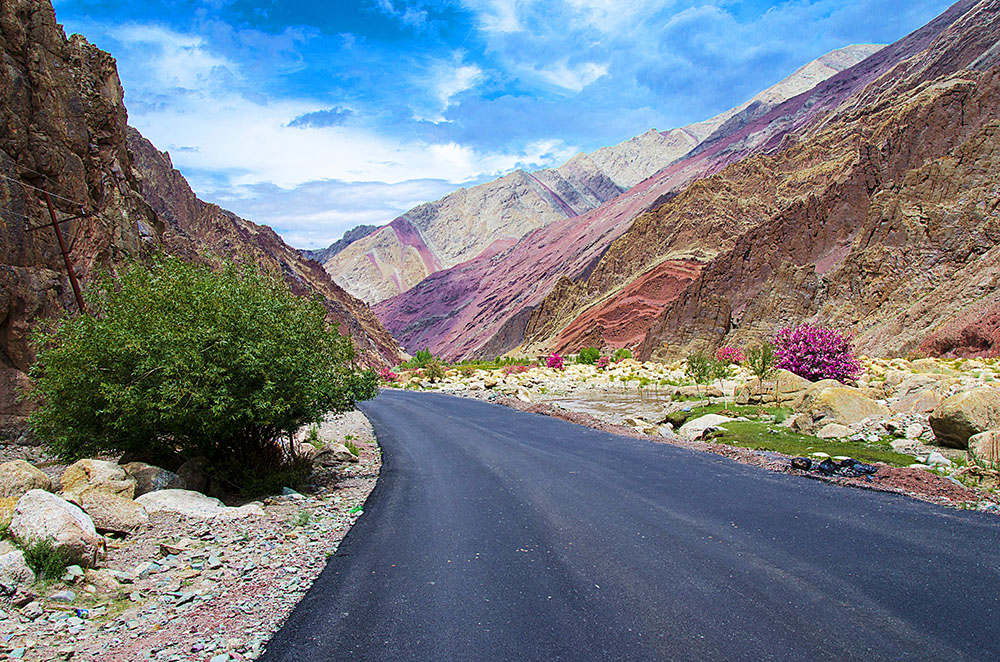
17 comments
Hi Mr Varghis
Have couple of queries while planning this trip
1. Whether we can reach Turtuk and find guest houses especially when with family and not many hotel sites have any properties listed
2. Is it possible to start from Turtuk on day 2 after staying one day, visit panamik hot spring and also drive straight to pangong lake to reach by evening. How long will this take if doable?
Hello Mr. Ayyappan,
1. Yes you will be able to find hotels and guest houses
2. No. It will be better to break the journey in Panamik or Sumur and then go to Pangong the next day.
Thank you Vargis Bhai for your detailed blogs and timely responses
You are welcome Ashok Bhai !!!
Wonderful explanation on tutuk village. One will certainly get all the required information for visiting the village. Thank u for ur effort. Ur blog clear all the doubts abt Turtuk. Thank U.
Thank you Sunil Bhai
nice
Hi Mr Khan, I am visiting Ladakh from 24Aug.21 with my family , I want to stay one night at Turtuk than next day I will stay at Hundar and again leave for Pangong ,stay one night at Pangong and return back to Leh . Now, can you suggest me some staying facilities in these places. Remember we three are senior citizens please advice.
nicely descripted relevant informations on Turtuk.
Thank you Biplab
Hi sir
This manish soni from Indore M.P , as I have a dream for leh ladka , I just want to make true .
Very nice elaborated article.. it’s so impressive that you gathered every possible information . Definitely turtuk will go to my bucket list after reading this. Thnak you very much..
Thank you Shashank
Can we Travel From Leh to Turtuk and Back to Diskit on Bike in One Day, if we leave our hotel by 6-7 am in morning as we are having less days in ladhak.
we are visiting in 2nd week of September
It is going to be a very long and rushed ride by doable.
hi mr. khan,
first of all i must congratulate and thank you & say its an absolute blessing to have such elaborate blogs for planning our travels.
can you please put some light on the pros and cons if we plan our travel in following way (we will be travelling by our own motorcycles- 2 persons)
Day 1. start early from leh and reach turtuk and stay overnight.(approx travel time ??)
Day 2. leave Turtuk at afternoon and reach hunder in the evening.
Day 3 enjoy sand dunes at hunder and leave for pangong.
regards
sourav
Hi Sourav – The plan is doable. Just make sure that you start from Leh by first light of the morning. It will easily be about 8 hours to make it to to Turtuk.